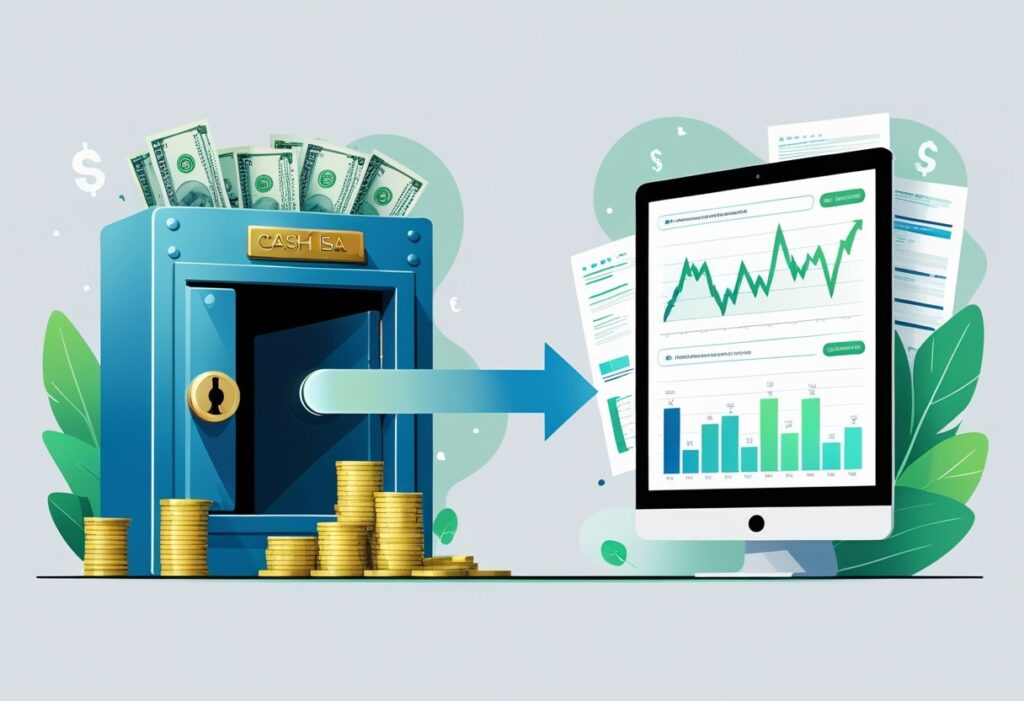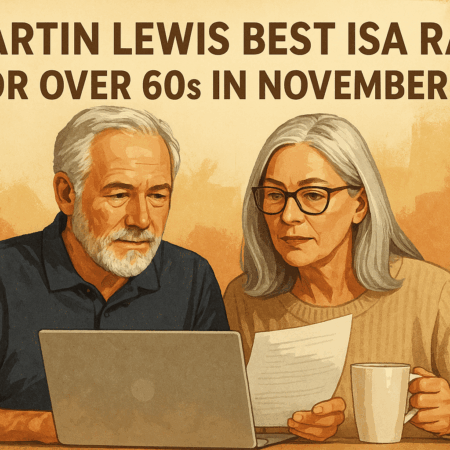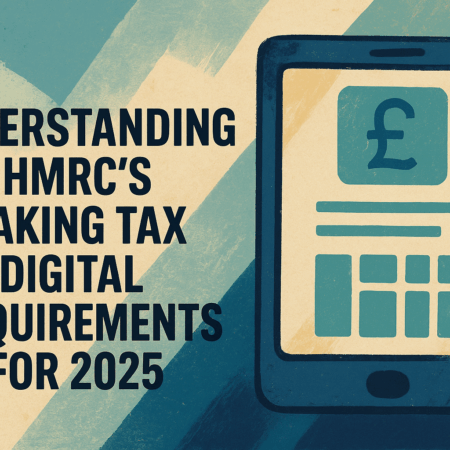Transferring a Cash ISA to a Stocks and Shares ISA lets you try to grow your savings by investing in the stock market instead of just sitting on cash.
You can move money from a Cash ISA to a Stocks and Shares ISA without losing your tax perks, as long as you follow the official process.
This opens up more investment options and the possibility of higher returns, though it also means taking on risks that cash savings just don’t have.

To transfer, you move your savings through an authorised process between providers. Don’t withdraw and re-deposit the funds—that ruins the tax-free status.
Many providers let you pick from shares, funds, or bonds inside a Stocks and Shares ISA. This gives you a shot at building a more balanced portfolio.
Before making the leap, compare providers, check the fees, and think about your own appetite for risk.
Understanding Cash ISAs and Stocks and Shares ISAs
Cash ISAs and Stocks and Shares ISAs both give you a tax-free way to save, but they work differently.
The way your money grows—and the risks you face—aren’t the same. Picking between them really comes down to your goals and how much risk you want to take.
Key Differences Between Cash ISA and Stocks and Shares ISA
A Cash ISA is basically a savings account. Your money stays safe, and you get tax-free interest.
There’s no risk of losing your original cash, but the interest rates tend to be pretty low.
A Stocks and Shares ISA puts your money into the stock market. You might get higher returns, but you could also lose money if the market turns.
Returns here depend on how the market performs, so you’re taking on more risk than with a Cash ISA.
So, it’s safety versus growth, really. Cash ISAs are for the risk-averse; Stocks and Shares ISAs are for folks willing to gamble a bit for better growth.
How Stocks and Shares ISAs Work
With a Stocks and Shares ISA, you use your money to buy investments.
These could grow in value or pay you dividends, and you don’t pay tax on those gains inside the ISA.
Nothing’s guaranteed, though. If the market tanks, your investments might be worth less than you put in.
Transfers can take a while since it might involve selling or moving investments. Also, watch out for charges and fees—they can nibble away at your returns.
There’s an annual limit of £20,000 across all your ISAs.
Types of Investments Available
You can invest in company shares, government bonds, corporate bonds, and funds like unit trusts or ETFs.
Shares are riskier but could pay off more. Bonds are steadier and pay fixed income.
Funds spread your money out, so you’re not betting everything on one horse.
You can even keep some cash inside a Stocks and Shares ISA for stability. Some providers offer ready-made portfolios if you’d rather not pick everything yourself.
Why Transfer from a Cash ISA to a Stocks and Shares ISA?
Moving money from a Cash ISA to a Stocks and Shares ISA changes how your savings might grow—and what risks you’re taking.
It’s really a trade-off: are you chasing bigger gains or just not wanting to lose sleep over market swings?
Potential Benefits of Transferring
A Stocks and Shares ISA gives you a shot at higher returns than a Cash ISA.
Cash ISAs usually pay low interest that might not even beat inflation. That can eat away at your money’s real value over time.
With a Stocks and Shares ISA, you can invest in shares, bonds, funds, and more. These might grow faster than cash, and any gains or income inside the ISA are tax-free.
You get flexibility, too. You can change up your investments as your goals or the market changes.
Risks and Considerations
Stocks and Shares ISAs come with real risks. Investments can go up or down, and you might lose money.
Cash ISAs don’t have that problem—the risk is more about earning too little, not losing your original savings.
Fees are another thing to watch. Stocks and Shares ISAs often charge for management and trading, and those fees can quietly eat into what you earn.
Think about how long you can leave your money invested. Stocks and shares usually work best if you can leave your money alone for at least five years.
Short-term investors might get burned by sudden market drops.
Who Should Consider an ISA Transfer
If you’re okay with risk and want a shot at better returns, transferring from a Cash ISA to a Stocks and Shares ISA could make sense.
Long-term savers—think retirement or big life goals—often benefit the most.
But if you need your money soon or just want to keep things simple and safe, sticking with a Cash ISA might be better.
It’s worth thinking about your own comfort with risk and how hands-on you want to be.
Transferring doesn’t affect your current year’s ISA allowance, but always use the official transfer process so you don’t lose your tax perks.
How to Transfer a Cash ISA to a Stocks and Shares ISA
Transferring a Cash ISA to a Stocks and Shares ISA keeps your money tax-free, but you’ve got to do it right.
There are some steps, forms, and a bit of waiting involved.
Step-by-Step ISA Transfer Process
First, open a Stocks and Shares ISA with your chosen provider if you don’t have one yet.
Ask your new provider for an ISA transfer form. Don’t just withdraw your money—it’ll lose its tax-free status.
Once you submit the transfer request, your new provider will contact your old Cash ISA provider and handle the move.
Usually, the money moves as a lump sum; you don’t have to do much after the request.
You can often move the whole balance or just part of it. Your money stays tax-free throughout.
After the transfer, you can start investing in shares, funds, or whatever your new ISA offers.
Required Documentation and Information
You’ll need to give personal info and details about your current ISA—like your account number and provider name.
They might ask for ID, like a passport or driver’s licence.
The transfer form will want to know which ISA you’re moving from, the balance, and how much you want to transfer.
Some providers ask you to confirm you’re eligible to hold an ISA this tax year.
Usually, there aren’t extra fees for transferring, but check the provider’s terms to be sure.
Giving clear info helps avoid annoying delays.
Timeframes and Typical Delays
A Cash ISA transfer to a Stocks and Shares ISA usually takes about 4 to 15 working days, depending on the providers.
Some transfers go faster, even in a week, but officially it can take up to 30 days.
Delays happen if you miss documents, make mistakes on forms, or if the providers are slow to talk to each other.
Partial transfers sometimes take longer, especially if you’re only moving some of the money.
Stay in touch with your new provider to keep things moving. Your money stays protected in the ISA wrapper, so you don’t lose your tax perks during the switch.
ISA Transfer Rules and Regulations

Transferring a Cash ISA to a Stocks and Shares ISA comes with some rules about how much you can move, when you can do it, and possible fees.
Knowing these details makes the process smoother and keeps your tax benefits safe.
ISA Allowance and Transfer Limits
Each tax year, you get an ISA allowance—the most you can save tax-free across all your ISAs.
For the 2025/26 tax year, that’s £20,000.
When you transfer a Cash ISA to a Stocks and Shares ISA, the transfer itself doesn’t count toward your annual allowance if you do it right. Only new money going in counts.
You can transfer previous years’ ISA funds in full without touching your allowance. But if you’re moving money subscribed in the current tax year, you have to transfer the full amount for that year.
Partial transfers of the current year’s subscriptions? Usually not allowed.
Transferring Current Year versus Previous Years’ ISAs
You can transfer previous tax years’ ISA funds any time, in any amount, and it won’t affect your current year’s allowance.
That means you’re free to move old ISA savings between Cash and Stocks and Shares ISAs.
For current year subscriptions, it’s stricter. You have to transfer the entire amount you put in this tax year—no cherry-picking.
If you try to leave some behind, you could lose the tax-free status on what you move.
Always let the providers handle the transfer. If you withdraw money yourself and try to re-deposit, you risk losing your tax perks and breaking allowance rules.
Penalties, Charges, and Restrictions
Most ISA providers let you transfer without penalties or fees, but always double-check.
Some sneak in exit fees or make the process awkward.
If you’re transferring a Stocks and Shares ISA, you’ll usually have to sell your investments and buy them back with the new provider. This can take up to 30 days and leaves you exposed to market ups and downs in the meantime.
Cash ISA transfers are quicker—often done in about 15 business days.
Always use the official transfer process. If you withdraw and re-deposit, you’ll likely lose your tax-free status and could go over your ISA limits.
Fees, Charges, and Costs

Transferring a Cash ISA to a Stocks and Shares ISA means dealing with some fees, depending on your provider and ISA type.
Understanding the charges can help you keep more of your returns.
Common Cash ISA and Stocks and Shares ISA Fees
Cash ISAs are usually cheap—few or no fees for opening, managing, or withdrawing.
The main thing to watch is the interest rate, since that’s what determines your earnings.
These fees chip away at your returns, so don’t ignore them.
Comparing Provider Costs
ISA providers all charge differently. Some have no platform fees but higher fund charges.
Others might hit you with transfer or inactivity fees. It pays to shop around.
Here’s a quick look at typical fees:
| Fee Type | Cash ISA Typical Cost | Stocks & Shares ISA Typical Cost |
|---|---|---|
| Platform Fee | Usually £0 | 0.25% – 0.45% per year |
| Fund Management Fee | N/A | 0.1% – 1% or more per year |
| Trading Fee | Rarely charged | £0 to £10 per trade |
| Transfer Fee | Usually £0 | Sometimes charged by old provider |
Picking a provider with lower fees can really add up over the years.
How Fees Affect Your Returns
Fees chip away at the growth of your ISA investment. Even a seemingly tiny annual fee, like 0.5%, can shrink your returns by hundreds of pounds over a decade.
For instance:
- If you invest £10,000 and it grows at 5% per year, you’d have £16,289 after 10 years—assuming no fees.
- Add a 0.5% annual fee, and that number drops to about £15,388.
Stocks and Shares ISAs do carry more risk, but you might see higher returns compared to cash. Lower fees let more of your money stay put and keep compounding.
Choosing the Right Stocks and Shares ISA Provider
Picking a stocks and shares ISA provider isn’t just about the headline numbers. You’ve got to think about fees, safety, and how easy it is to manage your account. These choices affect your costs and how secure your investments feel.
Factors to Consider When Selecting a Provider
Fees matter—a lot. Providers charge platform fees, dealing charges, and sometimes even exit fees. The lower the fees, the more of your cash stays invested. Look for clear fee breakdowns, and keep an eye out for hidden costs.
Check out what you can actually invest in. Some providers offer thousands of funds, shares, and ETFs. Others, not so much. A bigger menu means more control over your portfolio.
Customer service is underrated. Good support makes life easier when you’ve got questions about transfers or run into account issues. Take a look at reviews and see if you can reach them by phone, email, or chat.
Account Safety and FSCS Protection
All legitimate stocks and shares ISAs must stick to government rules and offer FSCS protection. The Financial Services Compensation Scheme covers up to £85,000 if the provider goes under.
Make sure your provider is regulated by the FCA. That badge means they follow strict rules.
Secure logins and solid data encryption aren’t optional. These features keep your account safe from fraud. Always check the provider’s security setup before moving your ISA.
How to Compare ISA Providers
A quick comparison table can help you spot the differences:
| Criteria | Provider A | Provider B | Provider C |
|---|---|---|---|
| Platform fees | 0.25% | 0.45% | 0.15% |
| Investment options | 2,000+ | 500+ | 1,200+ |
| FSCS protection | Yes | Yes | Yes |
| Customer service | Phone & chat | Email only | Phone & email |
Consider how much it costs to transfer and how fast the process takes. Some providers move things along quickly or don’t charge for transfers, which is always nice.
If you’re new to investing, a user-friendly website or app can make a big difference. No one wants to wrestle with clunky tech just to check their ISA.
Frequently Asked Questions
Transferring a Cash ISA to a Stocks and Shares ISA isn’t complicated, but there are some rules. You’ll need to get both your current and new provider involved. Timing and transfer limits matter, and you’ll want to avoid any tax slip-ups.
How can I transfer my Cash ISA to a Stocks and Shares ISA?
Ask your new Stocks and Shares ISA provider to set up the transfer. Don’t withdraw the money yourself—you’d lose the ISA status. The new provider handles moving the funds directly.
What are the rules and limitations for transferring between different types of ISAs?
You can transfer ISAs from the same tax year or from previous years. The full annual allowance is transferable, as long as you stick to ISA rules. You can move all or part of the money, but don’t lose sight of the tax benefits.
When is the most strategic time to switch from a Cash ISA to a Stocks and Shares ISA?
Honestly, timing depends on your risk tolerance and what the markets are doing. Some people switch before interest rates drop, others wait for market stability. It’s wise to think about your investment goals and how long you’ll keep the money invested.
What steps should I take to transfer my Cash ISA to a Stocks and Shares ISA with a new provider?
First, open a Stocks and Shares ISA with your chosen provider. Fill out their transfer form. They’ll handle contacting your old provider and moving over the funds.
Are there any tax implications to consider when transferring from a Cash ISA to a Stocks and Shares ISA?
There aren’t any tax charges for transferring between ISAs. Your money stays tax-free. Just don’t withdraw and redeposit outside of a formal transfer, or you could lose out on tax perks or use up your allowance.
How long does the process of transferring an ISA typically take?
A Cash ISA transfer usually takes about 15 business days.
If you’re moving to a Stocks and Shares ISA, expect it to take up to 30 calendar days since the process involves selling and buying investments.
Delays sometimes happen, but most providers let you know what’s going on.









